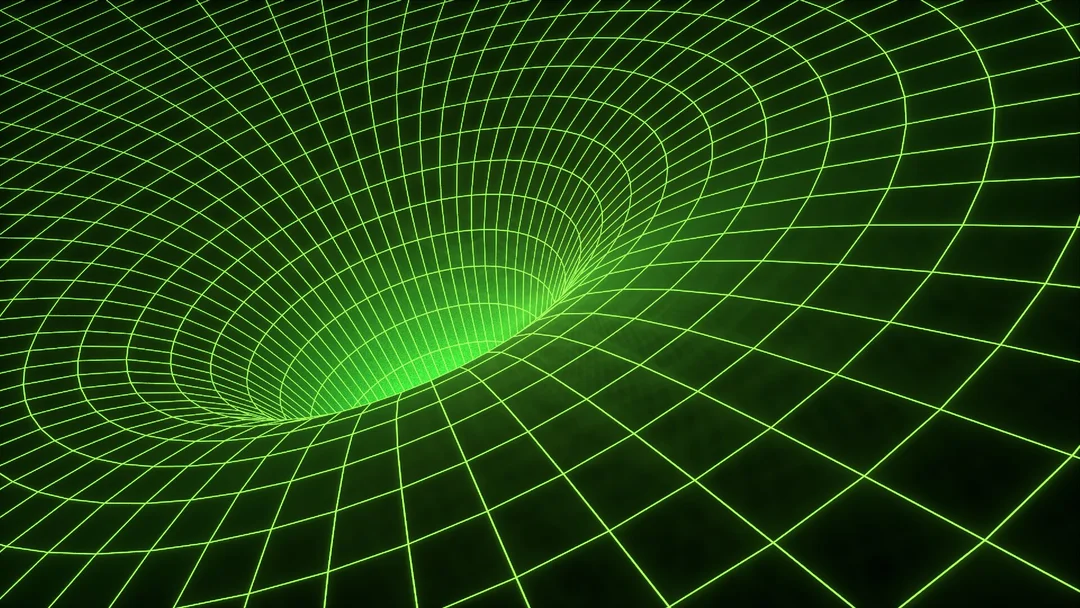
Black Hole Dance Reveals Universe’s Hidden Mathematical Secrets: Breakthrough in Gravitational Wave Modeling
Scientists have achieved a major breakthrough in modeling the universe's most extreme events, such as black hole collisions, by uncovering a surprising connection between abstract mathematics and real-world astrophysics. This discovery, published in Nature, reveals that intricate mathematical shapes, known as Calabi-Yau manifolds, play a crucial role in the behavior of gravitational waves produced during these cataclysmic events.

The research, led by Mathias Driesse of Humboldt University in Berlin, focuses on accurately predicting and interpreting the space-time disturbances caused when two black holes pass closely by each other. Until now, creating these models required extensive computing power to simulate interactions step-by-step. This new approach, however, offers a more efficient method by applying concepts from quantum field theory, typically used for elementary particle interactions, to model black hole behavior.
Instead of focusing on black hole mergers, the team studied "scattering events," where black holes swirl close but then continue on separate paths. These encounters still produce powerful gravitational wave signals, and modeling them with high precision allowed researchers to uncover the mathematical underpinnings of these phenomena.
"This is unprecedented, and represents the most precise solution to Einstein's equations produced to date," explained Gustav Mogull, a particle physicist at Queen Mary University of London and a co-author of the study.
The team reached the fifth post-Minkowskian order, the highest level of precision ever achieved in modeling these interactions. Astonishingly, while calculating the radiated energy, they discovered that Calabi-Yau manifolds, typically associated with string theory – a framework aiming to unify quantum mechanics and gravity – appeared within the equations.

According to Mogull, the appearance of these shapes sheds new light on the mathematical objects that nature utilizes at its most fundamental level. This discovery is expected to significantly enhance future models used to predict gravitational wave signatures. The improvement in precision is timely, as upgrades to existing detectors like LIGO and Virgo, and the introduction of new, advanced detectors like LISA and the Einstein Telescope, are anticipated in the coming years.
The increased sensitivity of these next-generation instruments will necessitate exceptionally accurate models, making this research a crucial step forward.
This research not only advances the field of gravitational wave physics, but also highlights the interconnectedness of seemingly disparate areas of science. By bridging the gap between abstract mathematics and observable astrophysics, this discovery paves the way for new and remarkable insights into the fundamental nature of the universe.
What other connections between theoretical mathematics and observable phenomena remain to be discovered? How will these advancements shape our understanding of the cosmos? Share your thoughts and predictions in the comments below.